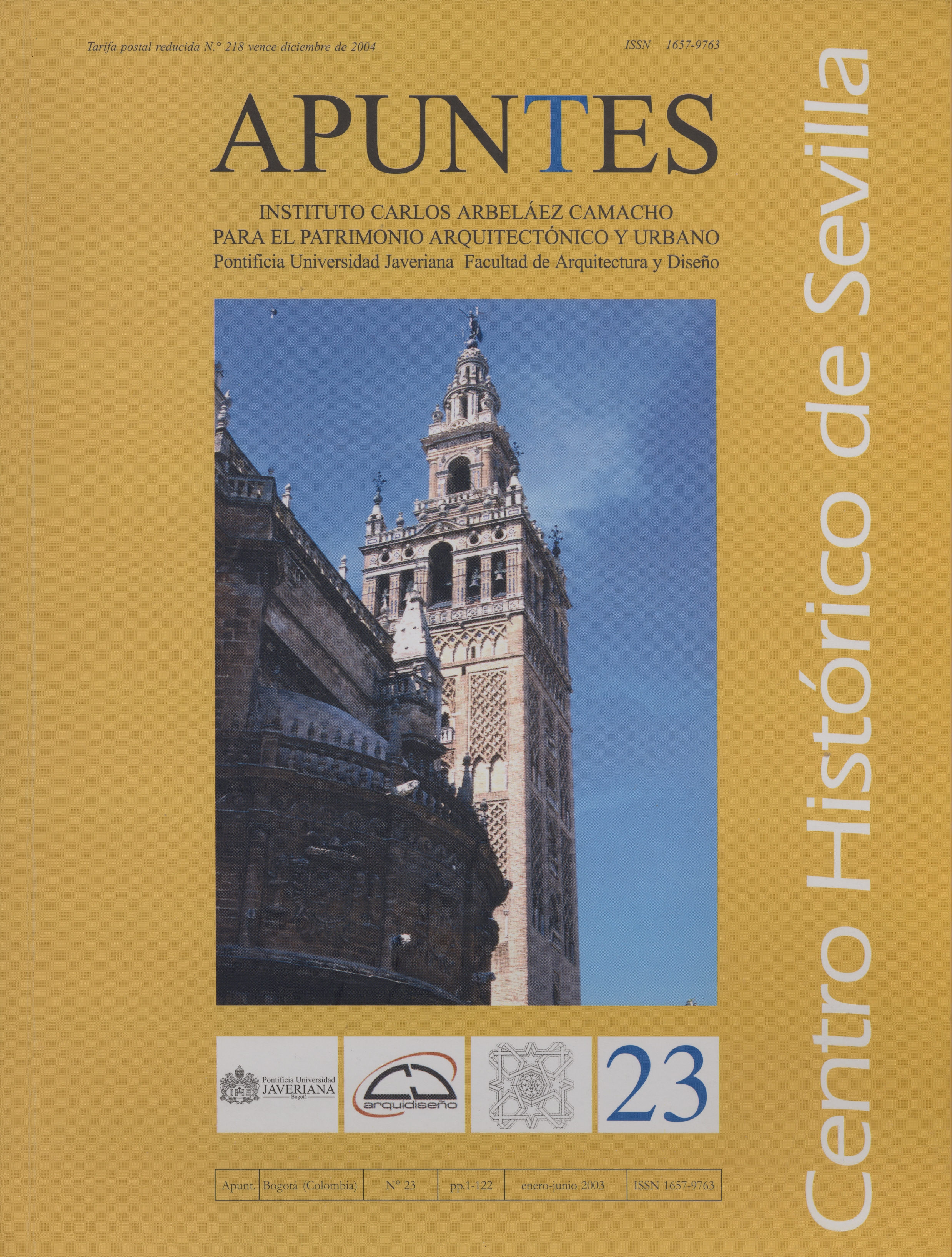ARQUITECTURA Y URBANISMO EN LAS REDUCCIONES Y HACIENDAS JESUÍTICAS EN LOS LLANOS DE CASANARE, META y ORINOCO, SIGLOS XVII-XVIII
##plugins.themes.bootstrap3.article.details##
Abstract
After the first independent missionary experience in the foothills of the main eastern mountain range, the Jesuit Province of the Kingdom of New Granada, based on a conception of a missionary policy and equipped with a geographic knowledge of the territory, obtained a clear definition of its evangelical project by the spatial conjunction of the Central Andean plateau with the lower region of Los Llanos of Casanare, Meta and the Orinoco, including the control of the great rivers in these parts of the country as communication routes, the determination of adequate places for the establishment of reductional nuclei (population groups) allowing a certain degree of domination of the great savannahs as well the acquisition of land for the formal use of rural properties as true economic units of production. In this sense, the Missions of the Llanos of Casanare, Meta and Orinoco included fourteen reductions and a small fort, supported economically by five "haciendas" (farmland units and/or livestock ranchos). In their architecture, the initial of indigenous buildings techniques based on regional materials by the missionaries is evident, followed by a technological advance based on the use of stone, mud walls, crude brick (adobe) and clay roofing tiles. In the reductions, a well defined architectural program was followed, building around the perimeter of the main square, with the usual hierarchic presence of a church, missionary house, workshops, schools and huts for the indigenous people.
Keywords
Architecture and town planning, Reservations, Jesuit haciendas, Geographic zone of los Llanos Orientales, History, XVIIth and XVIIIth centuriesArquitectura y Urbanismo, Reducciones, Haciendas Jesuitas, Llanos Orientales, Historia, Siglos XVII Y XVIII.
References
How to Cite
GONZÁLEZ MORA, F. (2003). ARQUITECTURA Y URBANISMO EN LAS REDUCCIONES Y HACIENDAS JESUÍTICAS EN LOS LLANOS DE CASANARE, META y ORINOCO, SIGLOS XVII-XVIII. Apuntes: Revista De Estudios Sobre Patrimonio Cultural, (23). Retrieved from https://revistas.javeriana.edu.co/index.php/revApuntesArq/article/view/9092
Section
Artículos


